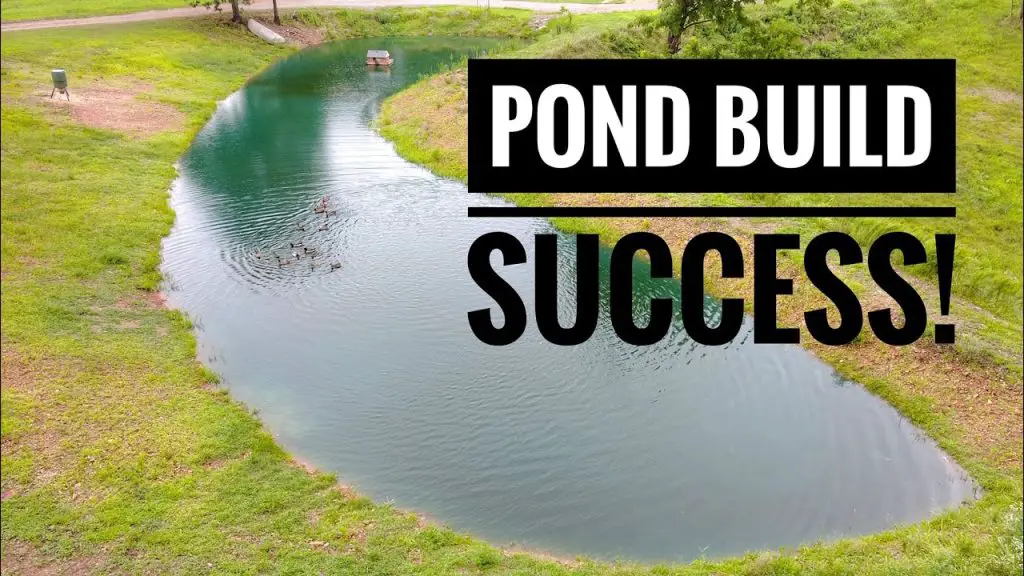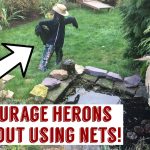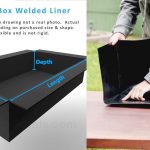Are you a fishing enthusiast looking to create your own fishing pond? Building a fishing pond can be a rewarding experience that provides you with a peaceful retreat and a place to enjoy your favorite hobby. In this comprehensive guide, we will walk you through the steps to create your very own fishing pond from start to finish.

Credit: www.homedepot.com
Step 1: Planning and Site Selection
Before you start digging, it’s important to carefully plan and select the right site for your fishing pond. Consider factors such as sunlight exposure, soil type, and access to water sources. Choose a location that is away from trees to prevent leaves from falling into the pond and causing water quality issues.
Key Considerations:
- Ensure proper drainage to prevent flooding
- Check for any underground utilities before digging
- Consider the size and depth of the pond based on your needs
Step 2: Digging and Shaping the Pond
Once you have selected the site for your fishing pond, it’s time to start digging. Use a backhoe or excavator to dig out the area where the pond will be located. Shape the pond to your desired size and depth, keeping in mind the needs of the fish species you plan to stock.
Pro Tip:
Consider creating different depths within the pond to provide habitat diversity for fish and other aquatic life.
Step 3: Installing a Liner
To prevent water seepage and maintain the water level in your fishing pond, it’s essential to install a high-quality pond liner. Choose a durable liner material such as EPDM or PVC that is resistant to punctures and UV exposure. Ensure the liner is properly secured and free of wrinkles to prevent leaks.
Important Note:
Properly compact the soil beneath the liner to prevent shifting and tearing over time.
Step 4: Adding Water and Filtration System
Once the liner is in place, it’s time to fill your fishing pond with water. Use a clean water source such as well water or municipal water to fill the pond. Install a filtration system to maintain water quality and clarity, ensuring a healthy environment for your fish.
Recommended Filtration System:
Consider installing a combination of mechanical and biological filtration systems to keep the water clean and free of debris.
Step 5: Landscaping and Vegetation
Enhance the beauty and functionality of your fishing pond by adding landscaping elements and aquatic vegetation. Plant native aquatic plants around the pond to provide shelter and food for fish and create a natural habitat for wildlife.
Benefits Of Aquatic Vegetation:
- Improves water quality by absorbing excess nutrients
- Provides oxygen and food for fish and other aquatic organisms
- Enhances the aesthetic appeal of the pond

Credit: www.instructables.com
Step 6: Stocking Fish and Maintenance
Once your fishing pond is complete, it’s time to stock it with fish. Choose fish species that are well-suited to the size and depth of your pond, such as bass, trout, or catfish. Monitor water quality regularly and perform routine maintenance tasks such as removing debris and checking the filtration system.
Top Fish Stocking Tips:
- Stock fish at recommended rates to prevent overcrowding
- Feed fish a balanced diet to promote growth and health
- Monitor water temperature and oxygen levels for optimal fish health
Step 7: Enjoying Your Fishing Pond
Congratulations! You have successfully created your own fishing pond. Now it’s time to sit back, relax, and enjoy the fruits of your labor. Invite friends and family to fish, kayak, or simply enjoy the peaceful surroundings of your very own fishing pond.
Final Thoughts:
Building a fishing pond is a rewarding project that requires careful planning and attention to detail. By following these steps and tips, you can create a beautiful and functional fishing pond that will provide endless enjoyment for years to come.





